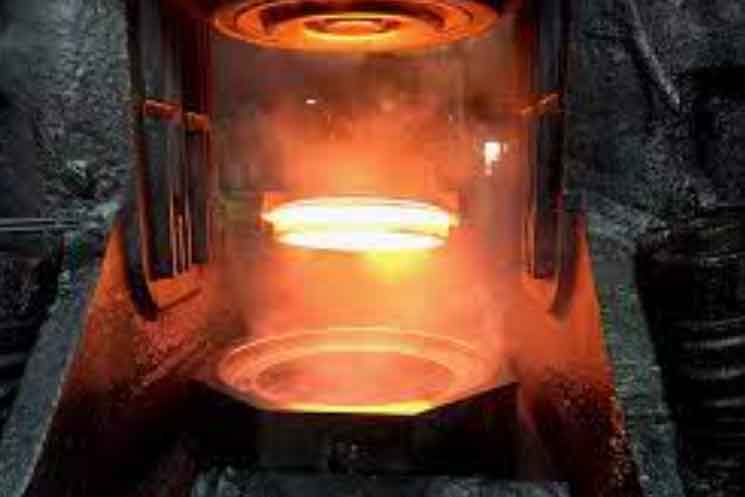
Gear forging offers several advantages for manufacturers in terms of efficiency and cost-effectiveness, making it a preferred method for producing high-quality gears. Here are the key advantages:
- Material Efficiency: Gear forging minimizes material waste, as it uses pre-cut billets or bar stocks with optimized dimensions, resulting in near-net-shape gears. This reduces the amount of material that needs to be machined away, leading to cost savings and resource efficiency.
- High Production Rates: Once the forging dies are prepared, the gear forging process allows for high production rates, enabling manufacturers to produce large quantities of gears in a relatively short time.
- Consistent Quality: The controlled forging process ensures consistent material properties and gear dimensions, providing a uniform and reliable product quality. This consistency reduces the likelihood of gear failures and ensures reliable performance.
- Improved Mechanical Properties: Gear forging refines the grain structure of the material, leading to improved mechanical properties, such as higher strength, toughness, and fatigue resistance. This results in gears that can withstand heavy loads and cyclic stresses.
- Reduction in Machining Operations: Precision forging techniques enable the production of gears with close-to-final dimensions, reducing the need for extensive post-forging machining. This leads to lower machining costs and faster production cycles.
- Cost-Effective for High-Volume Production: Once the initial investment in tooling (forging dies) is made, gear forging becomes a cost-effective method for high-volume production. The tooling cost is spread over the production run, leading to lower per-piece costs.
- Versatility in Material Selection: Gear forging can be performed on a wide range of materials, including carbon steels, alloy steels, stainless steels, and non-ferrous metals, allowing manufacturers to choose the most appropriate material for the specific application.
- Flexibility in Gear Design: Forging allows for the production of complex and intricate gear shapes that may be challenging or costly to achieve through other manufacturing methods. This flexibility in gear design can lead to optimized gear performance.
- Conservation of Energy and Resources: The energy consumption during gear forging is relatively lower compared to some other manufacturing processes. Additionally, the reduction in material waste contributes to resource conservation.
- Enhanced Gear Performance: The improved material properties and dimensional accuracy obtained through gear forging lead to gears with superior performance, reliability, and longevity.
Overall, gear forging provides a combination of efficiency, cost-effectiveness, and performance, making it a preferred method for manufacturing gears used in various industries, including automotive, aerospace, industrial machinery, and more. These advantages help gear manufacturers meet the demands of their customers and contribute to the overall success of the gear-driven systems they support.
